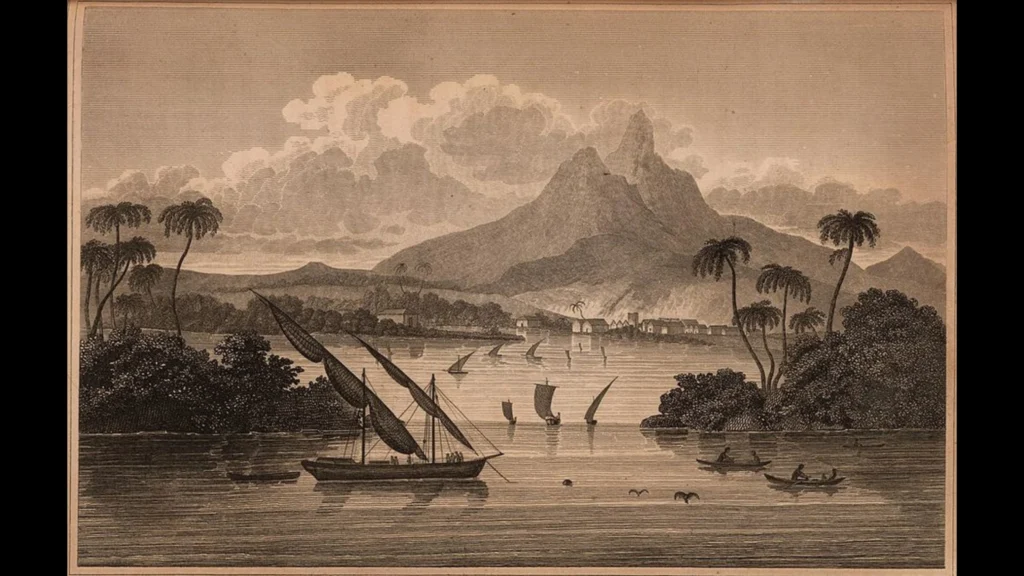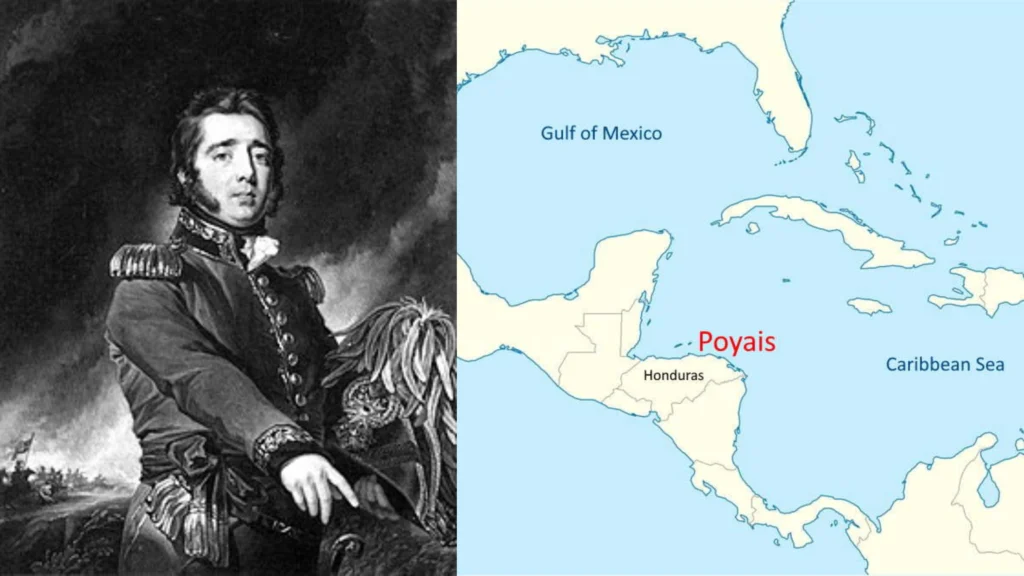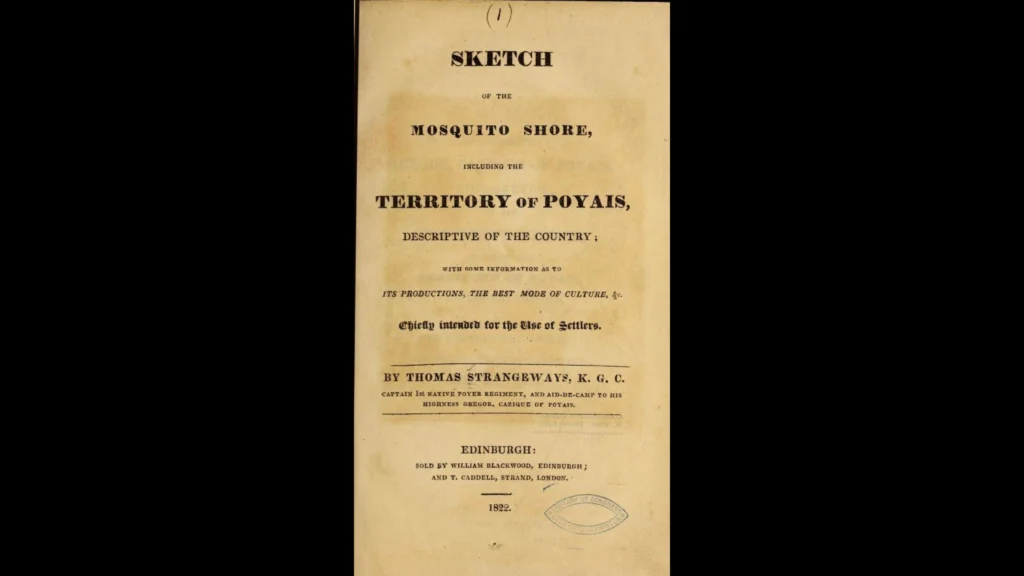
Gregor MacGregor was born in 1786 in Scotland. He began his life in the military, serving in the British Army and later joining the fight for South American independence. For a while he gained recognition and respect. But his name would eventually become known not for bravery but for one of the boldest scams in history.
MacGregor’s most infamous act was the invention of a fake country—Poyais. He claimed to be its ruler, calling himself the “Cazique of Poyais. And incredibly, many believed him.
Inventing a Nation

In 1821, MacGregor started spreading word about this so-called Central American nation. According to History Skills, he created a detailed backstory and presented Poyais as a land full of riches, fertile soil and modern infrastructure. He didn’t stop there. MacGregor went as far as designing official documents—maps, a constitution, currency and even a national flag.
He described the capital, St. Joseph, as a city with opera houses, government buildings and wide streets. The country, he claimed, was just waiting for hardworking Europeans to come and thrive. MacGregor’s charm and confidence made people trust him. Many, especially in Scotland, were convinced they had a rare chance at a better future.
The Journey to Nowhere

In late 1822, the first ship, the Honduras Packet left England carrying around 70 settlers. Another group of 180 left from Scotland a few months later, on the Kennersley Castle. They carried dreams of wealth and a fresh start. What they found was nothing close to what they had been promised.
When they arrived on the Mosquito Coast in Central America they didn’t see any city. There were no homes—no roads, no buildings. All they saw was empty jungle thick with mosquitoes and disease. As one man recalled, the soil “crumbled like powder in [his] fingers”.
There was no government, no leader waiting to welcome them; no banks to exchange their money. The settlers quickly ran out of food and supplies. Many got sick from malaria and other tropical illnesses. Some tried to build shelters but survival became nearly impossible.
Life in Poyais soon turned into a fight to stay alive. According to Britannica one settler, an Edinburgh cobbler who had been promised a title, took his own life when faced with the harsh truth. Another man drowned while trying to reach help. The remaining survivors struggled through starvation and sickness.
A passing ship eventually found the settlers and brought them to safety in British Honduras. From there some made it back to Britain. But it was too late for many—over two-thirds of the original settlers had died.
Shockwaves in Britain

By the end of 1823, news of the disaster reached Britain. People were outraged. Newspapers covered the scandal heavily and the public demanded answers. But MacGregor was nowhere to be found. He had quietly left for France saying he needed to take his wife to Italy for her health.
Some of the survivors, strangely enough, still believed in him. They blamed other agents involved, and signed statements defending MacGregor. He, in turn, claimed that others had stolen money and ruined his plans. He accused British merchants of trying to destroy the Poyais project because it threatened their interests.
Despite the public anger MacGregor managed to avoid arrest for a long time. He even continued trying to sell Poyais bonds and land certificates in France, and later in the United States.
The Man Behind the Scam

Before creating Poyais, MacGregor had a real military background. He served in battles during the Peninsular War and even helped in the fight for independence in Venezuela and New Granada. He once took control of Amelia Island in Florida and declared it an independent republic as noted by Wikipedia.
These achievements gave him a level of respect that helped him pull off his later fraud. People believed he was capable of leading a new nation. But once the truth about Poyais came out his military career was quickly forgotten.
The Poyais scheme is now remembered as one of history’s greatest frauds. It wasn’t just about money. It cost people their lives, dreams and families. Many who followed MacGregor were desperate for a better life after the Napoleonic Wars. They trusted him, and he used that trust to his advantage.
MacGregor’s actions contributed to the financial Panic of 1825—a crisis partly fueled by risky investments like those in Poyais. It showed the importance of being cautious with promises that sound too good to be true. As History Skills points out, the scam “exploited the hopes of people seeking new opportunities”.
Gregor MacGregor died in 1845. To some he remained a war hero. But to most, he became a symbol of deceit.


